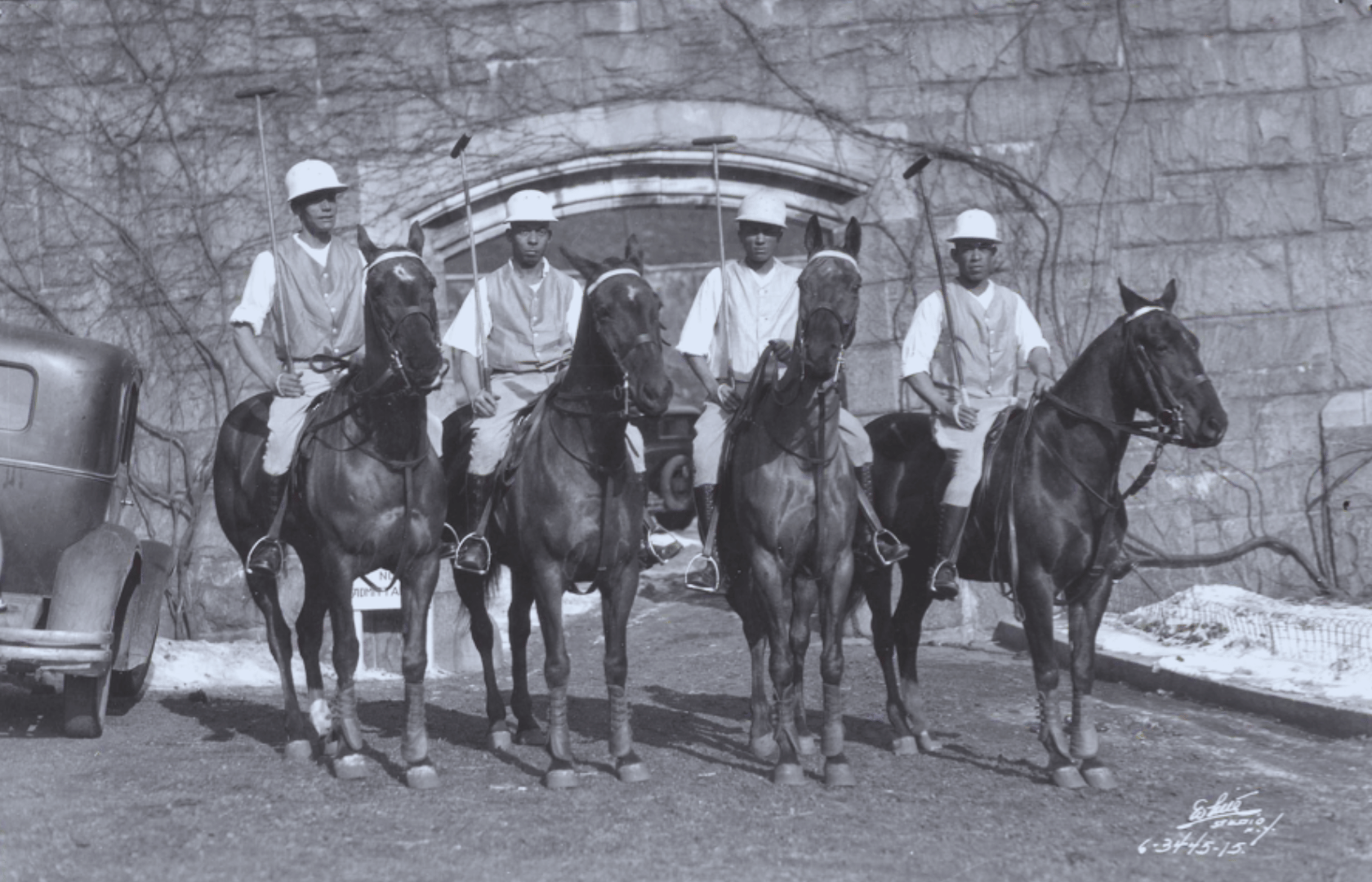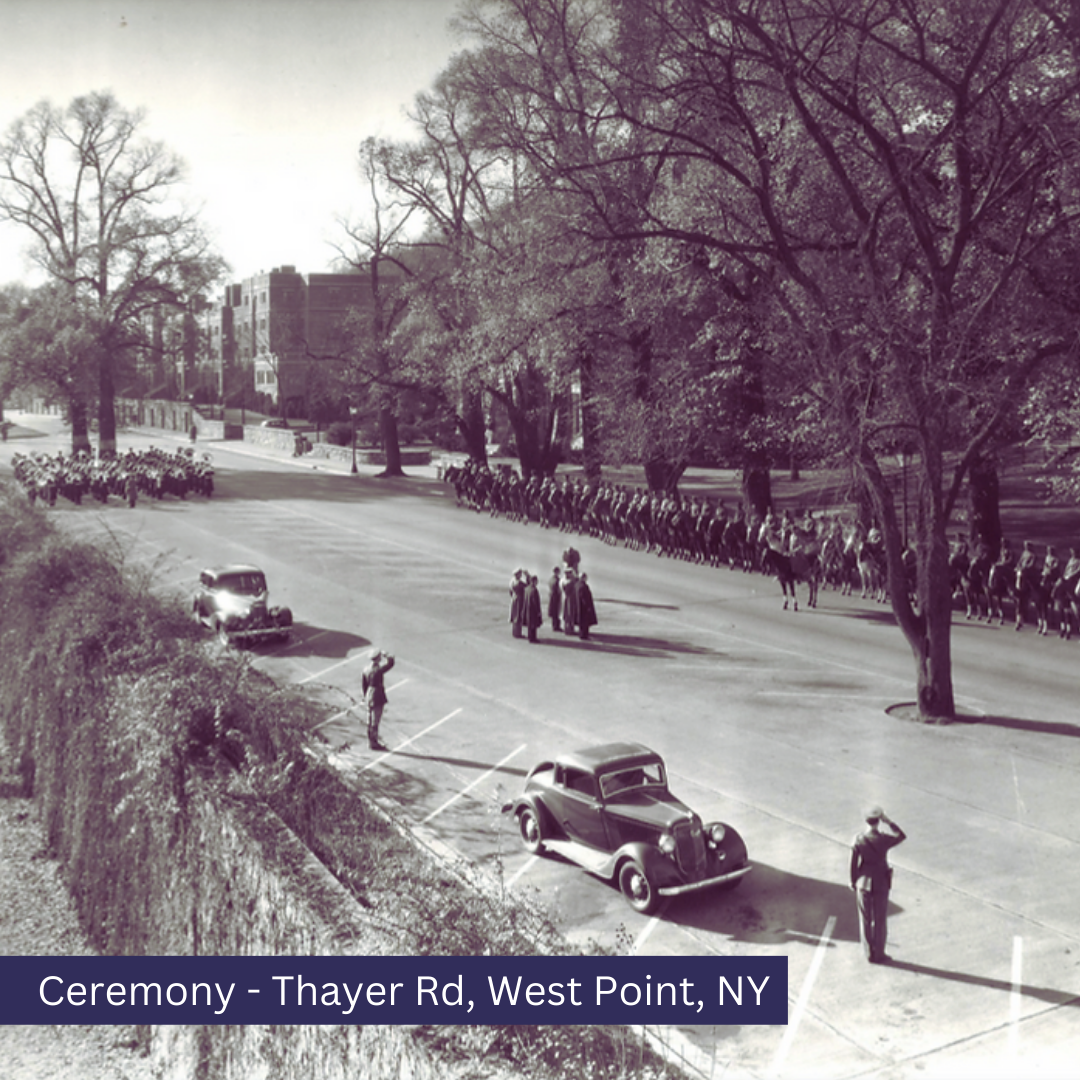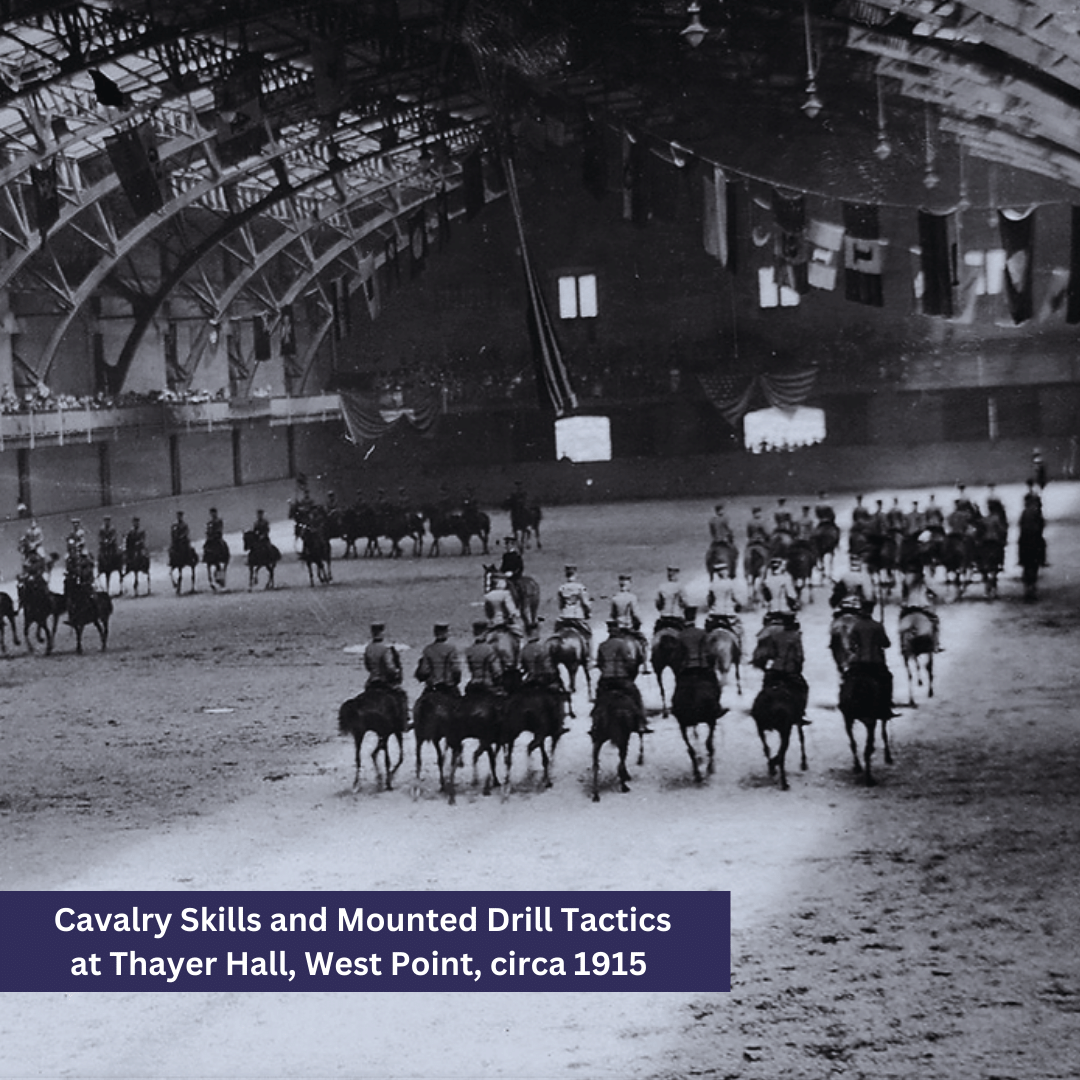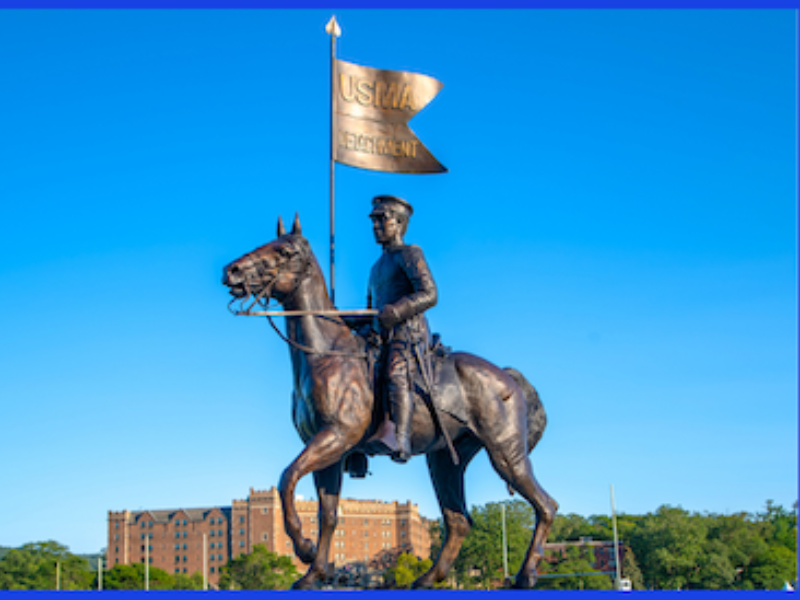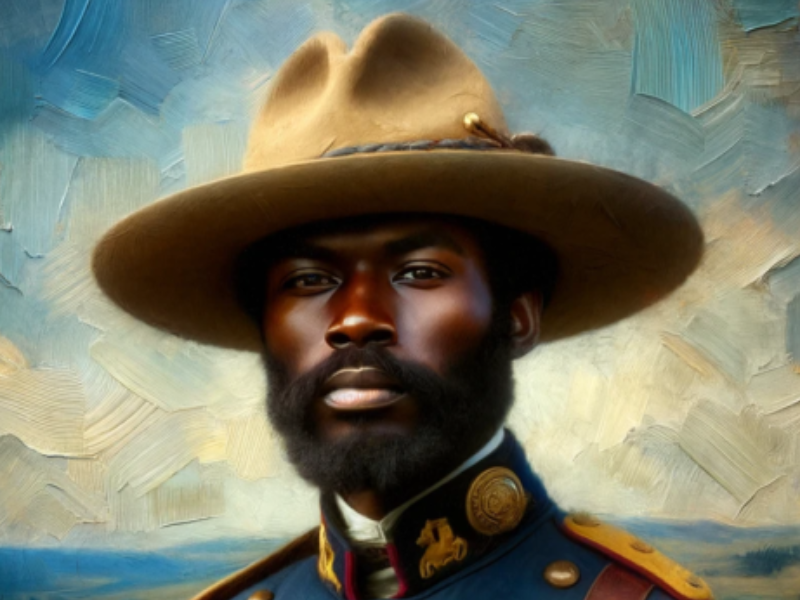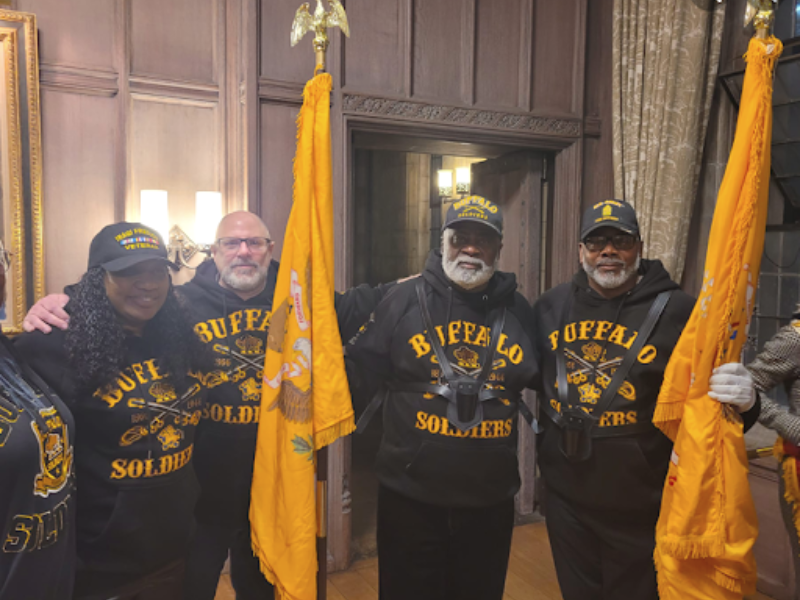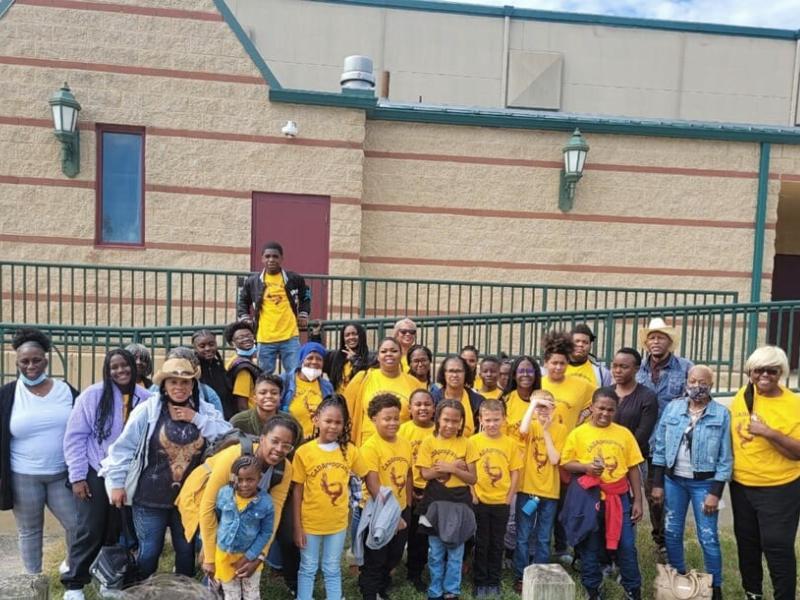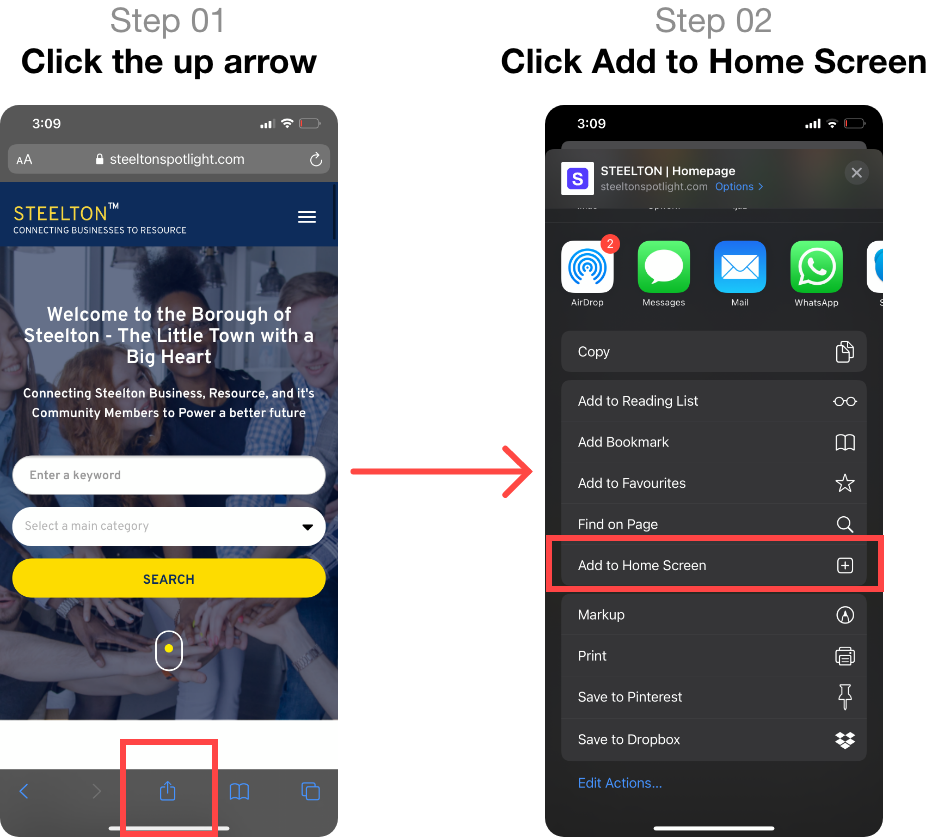The United States Military Academy at West Point (USMA) also known as the Academy, Army, or simply West Point is the oldest continuously operating Army post in the United States of America. The United States Military Academy is located approximately 50 miles north of New York City on the Hudson River.
The Continental Army first occupied West Point, New York in January of 1778. The Continental Army was created to coordinate the military efforts of the Thirteen Colonies, during the American War of Independence (1775-1783). After the Revolutionary War, most of the Continental Army was disbanded, and the 1st and 2nd Regiments formed the nucleus of what would be the foundation of the United States Army in 1796. In 1801, President Thomas Jefferson set in motion the establishment of the United States Military Academy at West Point. Congress formally authorized the establishment in 1802.
The Mexican-American War (1846-1848) brought the Academy prominence as graduates who served in the war received awards for bravery. By the Civil War (1861-1865), West Point graduates held general officer ranks in both the Union and Confederate armies. After the War, West Point admitted its first African American cadet, James Webster Smith from South Carolina in 1870. Smith graduated from Hartford High School and attended Howard University. After completing his studies at American Missionary schools and Atlanta University (now Clark-Atlanta University), Henry O. Flipper obtained an appointment to the United States Military Academy at West Point in 1783. Both Smith and Flipper endured harsh treatment at West Point. Smith was dismissed under controversial circumstances in 1874. As a result, Henry O. Flipper became the first African American to graduate of West Point in 1877. 2nd Lieutenant Flipper was assigned to the Tenth Cavalry of the Buffalo Soldiers and was posted to Fort Davis, Texas, and Fort Sill, Oklahoma. While serving in Texas, he was accused by a superior officer of embezzling commissary funds and conduct unbecoming of an officer and a gentleman. At his court-martial, Flipper was cleared of the embezzlement charge but was found guilty of unbecoming conduct and dismissed from the Army in 1882. Henry O. Flipper maintained his innocence until his death. In 1977, one hundred years after his graduation, a bust of Flipper was unveiled at West Point, and in 1999, President Bill Clinton pardoned Flipper of any wrongdoing.
The second African American graduate of West Point was Lt. John Alexander in 1887. He served the 9th Cavalry of the Buffalo Soldiers. He was posted at Fort Robinson in Nebraska. Alexander was the first African American officer in the United States armed forces to hold a regular command position. In 1894, Alexander was sent to Wilberforce University, and all black institution, as a professor of military science and tactics. Shortly after arriving, he died unexpectedly in March 1894.
The third graduate of West Point was 2nd Lieutenant Charles Young in 1889. He first was assigned to the 10th Cavalry and then reassigned to the 9th Cavalry in Nebraska from 1889-1890, and to Fort Duchesne, Utah (1890-1894). Throughout his military service in the Army, Young became the first U.S. National Park Superintendent, the first black to achieve rank of Colonel in the Army, and the first military attache’ serving in Port-au-Prince and Liberia. Young served as Commander of the 10th Cavalry at Fort Huachuca in Arizona, served in the Philippine-American War, and he was assigned to Wilberforce College in Ohio to lead the new military sciences department. He is also recognized and honored as a member of Omega Psi Phi Fraternity, Inc.
In 1907 a detachment of the Ninth Cavalry was assigned to West Point. The Buffalo Soldiers supported Cadet riding instruction and mounted drill, which was conducted on the grounds currently known as Buffalo Soldiers Field, and formerly known as the Cavalry Plain. In 1931, the 9th Cavalry was replaced by the 2nd Squadron of the Tenth Cavalry, which remained at West Point until inactivation in 1946. One year after the Buffalo Soldiers 10th Cavalry Regiment arrived at West Point, Benjamin O. Davis Jr., entered West Point in 1932. He was the son of Benjamin O. Davis Sr., who was the first African American general in the United States Army. Davis was the only African American cadet at West Point, and when Davis arrived at West Point no Black cadet had graduated from the Academy in the 20th century. Davis graduated from the Academy in 1936 and became the fourth African American to graduate from the United States Military Academy at West Point. At the start of his senior year at West Point, Davis had applied for the Army Air Corps but was rejected because it did not accept Blacks. He was instead assigned to the all-black 24th Infantry Regiment (one of the original Buffalo Soldier regiments) at Fort Benning, Georgia. When he was commissioned as a second lieutenant, the Army had a grand total of two Blackline officers--Benjamin O. Davis Sr. and Benjamin O. Davis, Jr. In 1941, Benjamin O. Davis Jr. was accepted as one of the first Tuskegee Airmen. He earned his aviation wings in 1942, and as Lieutenant Colonel, he commanded the 99th Pursuit Squadron. As Colonel, Davis commanded the 332nd Fighter Group known as the “Red Tails”. Davis was awarded the Silver Star, Distinguished Flying Cross and Air Medal for his service and gallantry. In 1947, he transferred from the Army to the United States Air Force, where he led policy improvements for ethnic integration and spent the next two years ensuring equal treatment for all as a leader in the Air Force.
In 1948, President Truman issued an executive order that ended racial segregation in the United States Military. Since then, the Buffalo Soldiers are remembered and celebrated as Veterans for their cavalry tactics and skills, selfless service, rugged tenacity, commendable valor, and for restoring order on the Western frontier in the United States of America.
Both the African Americans who graduated from the United States Military Academy, and the Buffalo Soldiers of the 9th and 10th Cavalry epitomized Army values, bravery, and honor. Their persistent sense of duty and resilience paved the way for fair treatment and equal opportunities for all in the U.S. Army and Air Force, in general, and the United States Military Academy, in particular. The Buffalo Soldiers at West Point have allowed America to be a leader for democracy, opportunity, and peace, and build a nation of equal rights and dignity for all.
Buffalo Soldiers of West Point
The United States Military Academy at West Point (USMA) also known as the Academy, Army, or simply West Point is the oldest continuously operating Army post in the United States of America.
West Point New York 606 Thayer Rd 10996
History
Beginning in 1962, Jackie “Jack” Gaines and Alpheus “Al” Jones, retired 9th and 10th Cavalry Buffalo Soldiers of West Point, began to host annual memorial events to honor and celebrate the legacy of the Buffalo Soldier and the contributions of African American Veterans in the Hudson Valley region of New York State. With the help of Leon Tatum, Edward Sisk, Edward Smith, Sanders H. Matthews Sr., Perry Hicks, Kenneth Nike, Joseph Dunn, Wilber Mays, Hewitt Teabout, and over 50 other retired 9th and 10th Cavalry Buffalo Soldiers of West Point, the annual memorial events honored, promoted, and acknowledged the contributions of African American Veterans in Army history.
Over the years, the annual events of the 9th and 10th Cavalry Buffalo Soldiers of West Point grew in popularity and became a beacon of history within the Hudson Valley region. Their efforts were recognized in 1973 when Colonel Floyd McAfee placed a “Memorial Rock” as a marker for the Black Horse Cavalry Detachments that served at the United States Military Academy from 1907 to 1946 at the intersection of Thayer Road and Mills Road at West Point. The marker helped the Buffalo Soldiers at West Point to bring greater recognition to the contributions of African Americans who graduated from the United States Military Academy, as well as engage and inform a broader public audience of the contributions of the 9th and 10th Cavalry Buffalo Soldiers at West Point. For 55 years, an original Buffalo Soldier that served at West Point during WWII has hosted an annual memorial service at the United States Military Academy to honor and celebrate the legacy of fellow Buffalo Soldiers and Veterans in the U.S. Army, every Labor Day Weekend. Since the 1990s, the color guard from the USMA Military Police Company and buglers from the USMA Band provide support for the Buffalo Soldiers’ Memorial Service and reunion, which ends in a 21-gun salute.
In 2008, the Buffalo Soldiers Association of West Point, Inc. was founded by the last living known West Point Buffalo Soldier, Sergeant (Ret.) Sanders H. Matthews (now deceased), with the help of Mattie Moore, Joseph Thaxton, Robert Young, and Kerney Oby (now deceased). The Association was created as a not-for-profit Corporation (501(c)3 in the state of New York to expand the Buffalo Soldiers Memorial event, increase educational programs, and enhance the awareness of the contributions and experiences of active and retired military personnel in the Army, and Veterans in the Hudson Valley region.
In 2010, the last living commander of the 9th and 10th Cavalry of the Buffalo Soldiers at West Point, Thomas John Nazzaro, established an educational scholarship at Norwich University--the Military College in Northfield, Vermont. The scholarship is awarded annually to lineal descendants of the 9th and 10th Cavalry, known as “Buffalo Soldiers” with preference given to all lineal descendants of the United States Military Academy Cavalry Detachment at West Point, New York. Norwich University is the country’s oldest private military college and the birthplace of the ROTC program in the United States.
In 2011, members of the National Association of Buffalo Soldiers and Troopers Motorcycle Club (NABSTMC)-Northeast Frontier began to attend the Buffalo Soldiers wreath-laying ceremony at the “Memorial Rock” at West Point. In 2013, the Buffalo Soldiers Motorcycle Club West Point Chapter was created, and over 100 members of the NABSTMC attend the Buffalo Soldiers Association of West Point commemorative events.
In 2014, the Association helped arrange for President Barack Obama to greet Buffalo Soldiers Lewis Coffield and Sanders H. Matthews Sr. at Stewart Air National Guard Base prior to his departure from Newburgh, New York. In 2015, the Buffalo Soldiers Association of West Point continues to host annual commemorative events, educate the public, honor and celebrate military personnel, and create Science, Technology, Engineering, Art and Math (STEAM) initiatives that preserve the legacy of the Buffalo Soldiers.
To view a video interview of Sergeant Sanders Matthews archived by the West Point Center for Oral History - Click here

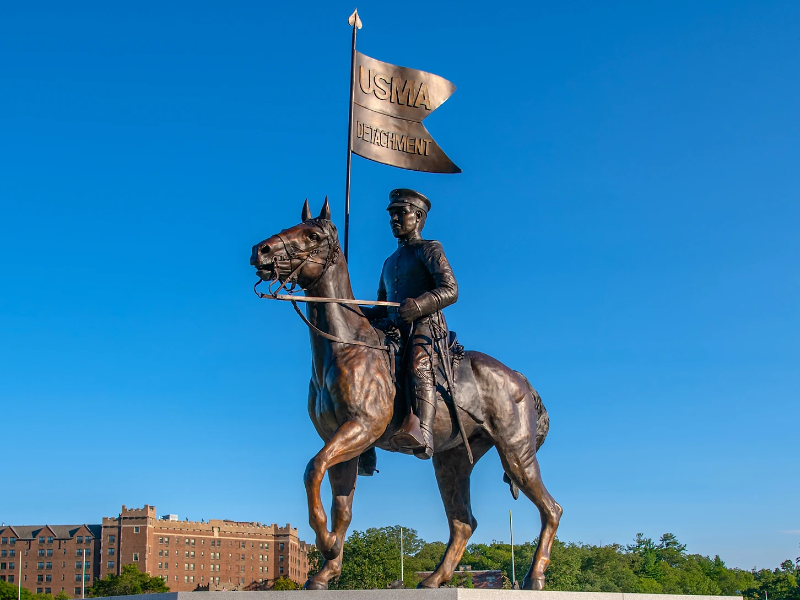
THE 63rd ANNUAL MEMORIAL CELEBRATION | AUGUST 30 - SEPTEMBER 1, 2024

